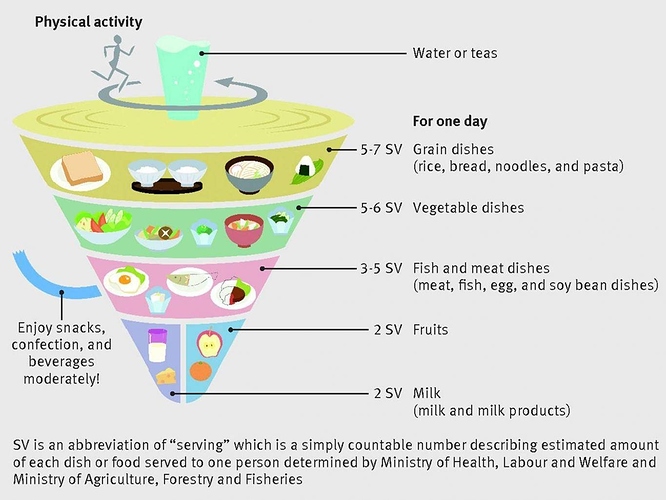THE LAND THAT DEATH FORGOT Type in the latitude and longitude for longevity, and you’ll arrive at Iceland. Here’s why.
BY JIM THORNTON
Note: The types of freshly organic milled grain\flour for bread and organic meats eaten, free of GMO’s, antibiotics and pesticides?
I’d never met a centenarian before, and I suppose it’s hackneyed to say so, but my first impression of Georg Breiðfjörð Ólafsson was that he didn’t look a day over 90.
Georg is a retired shipbuilder living in Stykkishólmur, Iceland, a fishing village on a fjord buffeted by the North Atlantic and Arctic Oceans.
With the help of his wrinkle-free son, Ágúst Ólafur Georgsson, 63, and boyishly charming grandson, Sigurdur “Siggi” Ágústsson, 29, I’ve just made the three-hour trek north from Reykjavik to meet the patriarch in person.
Upon our arrival, these three generations smile and hug, their bond palpable.
“I’m sorry I didn’t bring you a bottle of port wine,” I say, “but Siggi only told me about your affection for it on the drive up.” Siggi translates this into loud Icelandic beside his grandfather’s ear.
Despite declining hearing, Georg refuses to wear a hearing aid. I watch a smile slowly blossom on the old man’s face, and he answers in Icelandic, his voice unwavering and forceful.
“He says to tell you that’s okay,” Siggi translates. “He says, ‘I forgive you.’”
It’s impossible to miss how infectiously likable Georg Ólafsson is.
On the wall of his neatly kept bedroom hangs a key-to-the-city-style certificate signed by the mayor on Georg’s birthday last March. Ágúst tells me his dad loves this honor—not as a symbol of celebrity, but because it absolves him from paying property taxes. And who could begrudge him that?
As of this raw October afternoon, with temperatures in the upper 30s and winds gusting to 40 miles an hour, Georg has walked the earth for 106 years and 192 days.
In a country noted for its long-lived men, Georg is the oldest recorded Icelander ever in a history that dates back to 874 A.D., the year Viking chieftains settled this island at the top of the world.
Over the next hour, with Siggi translating, Georg graciously fields all my questions. I start with the obvious: Why does he think he’s lived so long?
Related: 17 Little Changes For a Longer Life
The United States may very well be, in the memorable words of the novelist Cormac McCarthy, no country for old men. But to the surprise of laymen and researchers alike, the tiny nation of Iceland has emerged as a haven for them.
When in 2014 the World Health Organization released its most recent report on life expectancy across the globe, Iceland’s 81.2 years topped the longevity rankings for men, beating out perennial contender Japan by more than 14 months.
American men came in 37th: Their average expiration date is a dispiriting 76, a full half-decade less of life.
Iceland, despite a population roughly equaling that of St. Louis, boasts a remarkable 30 to 50 centenarians at any given time, according to Ármann Jakobsson, Ph.D., a professor of early Icelandic literature at the University of Iceland who maintains an inventory of the country’s impressively old. …More

